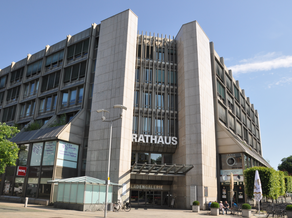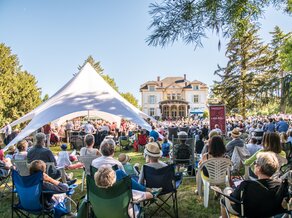On the basis of laws, political decisions and to avert danger, maintenance, restoration and renaturation measures on watercourses must be carried out as mandatory tasks of the city. Renaturation measures on watercourses require long-term planning processes, which are linked to the provision of the necessary land, technical planning and nature conservation and water law approval procedures. Since the mid-1990s, extensive renaturation measures have already been carried out on various sections of Bad Homburg's watercourses, some of which have been funded by the state of Hesse, and more are in the planning stage. The requirements of the European Water Framework Directive (WFD) oblige towns and municipalities to implement measures to achieve or maintain a "good status" of water bodies.
Water body structure quality
In Hesse, the water structure quality is recorded throughout the state. Structure refers to the appearance of a watercourse (e.g. the flow behavior, the formation of the watercourse bed, the bank protection). The water structure quality mapping is the basis for renaturation measures, the protection of biotopes and the expansion of existing structures.
Floodplains
According to the Federal Water Act and the Hessian Water Act, areas that are flooded during high water are to be designated as floodplains by statutory order. Floodplains are therefore neither designated nor planned. The determination is based on a flood event that is statistically expected to occur once every 100 years (HQ 100). The Darmstadt Regional Council has established the floodplains of the Erlenbach, Eschbach, Seulbach and Dornbach with Heuchelbach and Bach von der Goldgrube as well as the Kirdorfer Bach (Hochtaunuskreis) by decree. Further information, explanations and legal information can also be found on the website of the Darmstadt Regional Council (RP).
Erlenbach FFH area
The course of the Erlenbach stream, including adjacent embankment sections, is protected as the FFH area "Erlenbach between Neu-Anspach and Nieder-Erlenbach (5717-305)". The conservation value is mainly due to the near-natural/natural alluvial forests of different habitat conditions that accompany the stream, the natural course of the stream that has not been anthropogenically altered to date with water dynamics that characterize the population and the occurrence of the bullhead (Cottus gobio), a nocturnal demersal fish that lives in clean, oxygen-rich flowing waters.




